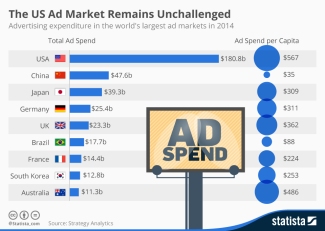
In 2015, the United States spent about 180 billion dollars on advertising. This amount is more than double the advertising expenses of China, a country that is ranked as being the second largest advertising market in the world (“Topic; n.d.).
Everywhere you look, there are advertisements. From the t-shirts that people wear, to a sign on the street; advertisements surround us. Ads can be found online, in print, and on numerous other platforms. Today, we live in a society that relies heavily on advertising. We are a consumer society. People focus on what they want and when they want it. For a company to be successful, they need to sell as much of their inventory as possible. In order to sell more, they must appeal to what the audience wants; this can be done through advertising. The job of advertising is to make a product or company look desirable. With a good advertisement, a company can make their product seem like a “must have” item that everyone wants.
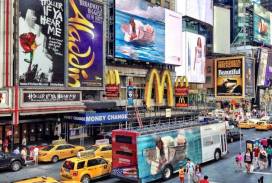
As advertising has played an important role throughout history, it has continued to transform to keep up with the current times. Along the way, advertising agencies have faced criticism and ran into several obstacles. Three major issues that impact the advertising industry are the negative effect it has on children, in schools, and on health.
Children have a substantial influence on family spending; because of this, they play an important role in our consumer society. With a young mind that can be easily persuaded, many say that it can be dangerous for children to be in culture that is dominated by TV ads. Many advertising companies seek to appeal to this younger generation.

One issue that has caused controversy was when companies created “program-length commercials: thirty minute cartoon programs developed for television syndication primarily to promote a line of toys” (“Media & Culture”). Toy companies, such as G.I. Joe and My Little Pony, produced television series that were pretty much just an advertisement for their toys. As children watched these shows, their want for these toys continued to increase. Parents also worried about the content that was in these children’s shows. They detested the products that were promoted during the commercial breaks. Many of the advertisements seen during commercial breaks were products that would appeal to the network’s target audience: kids. These products included soda, sugary cereal, fast food, and more. Although laws have been passed to ensure that each children’s’ show has educational information in it, nothing can be done to stop the kid-tempting advertisements.
 School systems have been affected by advertising in many ways. The biggest issue between advertising and schools can be seen when looking at the Channel One issue. During 1989, thousands of schools brought Channel One into their system. This is a program that “offered free video and satellite equipment in exchange for a twelve-minute package of current events programming that included two minutes of commercials” (“Media & Culture”). Many of the ads found in these commercials were junk food related. Schools did not want to promote products to the children that the kids’ parents may not have approved. Because of public protesting and criticism, by 2006, majority of these advertisements were removed from schools that used Channel One. Some school districts even went as far as banning Channel One News. These schools said that the program only offered a limited amount of knowledge about current affairs. The students were remembering more about the advertisements than they were about the news program, causing it to be seen as a poor educational tool.
School systems have been affected by advertising in many ways. The biggest issue between advertising and schools can be seen when looking at the Channel One issue. During 1989, thousands of schools brought Channel One into their system. This is a program that “offered free video and satellite equipment in exchange for a twelve-minute package of current events programming that included two minutes of commercials” (“Media & Culture”). Many of the ads found in these commercials were junk food related. Schools did not want to promote products to the children that the kids’ parents may not have approved. Because of public protesting and criticism, by 2006, majority of these advertisements were removed from schools that used Channel One. Some school districts even went as far as banning Channel One News. These schools said that the program only offered a limited amount of knowledge about current affairs. The students were remembering more about the advertisements than they were about the news program, causing it to be seen as a poor educational tool.

The biggest issue that has faced advertising can be seen when looking at its role in health. Advertising has a huge impact on our society’s idea of beauty and the way that we approach drugs. The women seen in advertisements are typically female models; they are thinner, more fit, and more attractive than the average woman. These models “[promote] a style of attractiveness that girls and women are invited to imitate” (“Media & Culture”). As females try to become like the models they see on advertisements, new insecurities appear and their self-esteem lowers. Some companies have even used these insecurities to profit by promising that their product will give the buyer the body that they see in the advertisements. Advertising is criticized for their promotion of the female body. Many believe that it is their unrealistic advertisements that have led to the increase of eating disorders such as anorexia and bulimia.

There has been a lot of criticism about the advertisements of drugs like tobacco and alcohol. Both of these drugs have caused many illnesses among the American society. Each year, people are coming into contact with these drugs at a younger age. Many elders in our society claim that this is because of the products’ advertising. Tobacco ads and campaigns look to target a teenage audience. In 1971, Congress banned tobacco advertisements from television because of the influence it had on the younger, weaker-minded audience. Both alcohol and tobacco companies have used cartoons to advertise their products. The cartoon-like ads were drawing the attention of a much-too-young audience. As the use of drugs in teenagers began to increase, advertising agencies were criticized. To end the controversy, the tobacco industry settled for an agreement that limited their advertising techniques and banned cartoon characters from their ads. The alcohol industry was pushed to follow many of the guidelines found in this agreement also.
The advertisements that we see effect the way we think, feel, and act. The influence that it has on our society is massive. Although advertising has had some positive influences on society, like Disney’s ads that promote healthy living, people tend to focus of the negative influences that it has had. The controversy about advertising’s involvement with children, school, and health has made many people question its function.
Works cited
Campbell, Richard, Christopher R. Martin, and Bettina Fabos. Media & Culture: An Introduction to Mass Communication. Boston: Bedford/St. Martin’s, 2015. Print.
Topic: Advertising industry in the U.S. (n.d.). Retrieved April 16, 2016, from http://www.statista.com/topics/979/advertising-in-the-us/

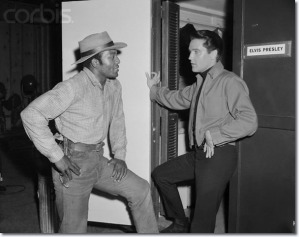
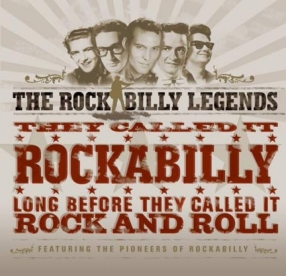
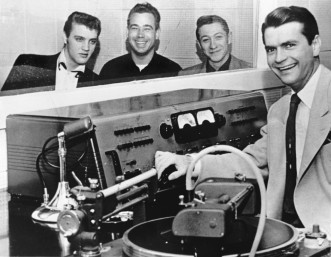

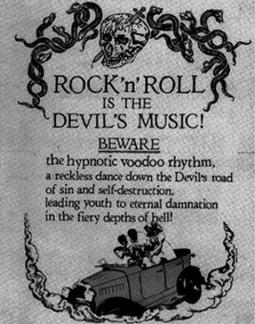

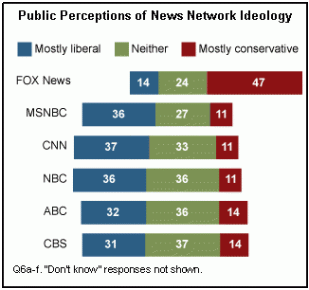


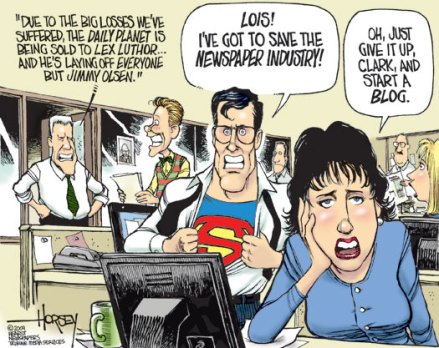

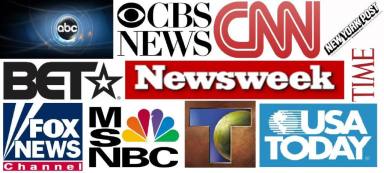


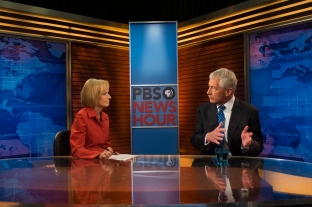
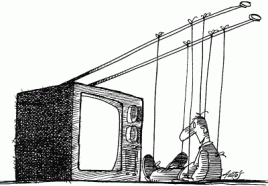
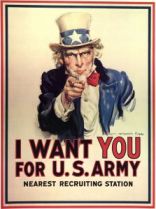
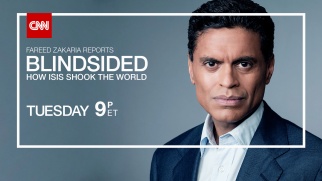


 My name is Katie Hale. I am from Macon, Georgia. I am a junior at Reinhardt University. The opportunity of playing on the women’s soccer team is what brought me and my twin sister, Allie, to Reinhardt. I am a Digital Art and Graphic Design major with minors in history and PR/Advertising. With this degree, I hope to pursue a career either in advertising or with a magazine company. I decided to take this class, Mass Media and Mass Communications, because it is a subject that interests me and will help me learn more about the industry that I hope to work in after graduating.
My name is Katie Hale. I am from Macon, Georgia. I am a junior at Reinhardt University. The opportunity of playing on the women’s soccer team is what brought me and my twin sister, Allie, to Reinhardt. I am a Digital Art and Graphic Design major with minors in history and PR/Advertising. With this degree, I hope to pursue a career either in advertising or with a magazine company. I decided to take this class, Mass Media and Mass Communications, because it is a subject that interests me and will help me learn more about the industry that I hope to work in after graduating. People like to use devices and technology as a way to stay in touch with others. This is the reason why I, like so many others, constantly have my phone in my hand. With cellphones and other similar devices, people are easily able to connect to media outlets. I am a member of many social media sites. These sites give me the ability to keep in touch with friends and family, learn new information, and they also provide entertainment. The most important role that media plays in my life is that it gives me a place to share my photos. One of my hobbies is photography. Media sites have given me a place to share my pictures with others. Being able to share my photos with others has made me enjoy my hobby even more. It has also helped me improve because I am able to get feedback from other people.
People like to use devices and technology as a way to stay in touch with others. This is the reason why I, like so many others, constantly have my phone in my hand. With cellphones and other similar devices, people are easily able to connect to media outlets. I am a member of many social media sites. These sites give me the ability to keep in touch with friends and family, learn new information, and they also provide entertainment. The most important role that media plays in my life is that it gives me a place to share my photos. One of my hobbies is photography. Media sites have given me a place to share my pictures with others. Being able to share my photos with others has made me enjoy my hobby even more. It has also helped me improve because I am able to get feedback from other people.